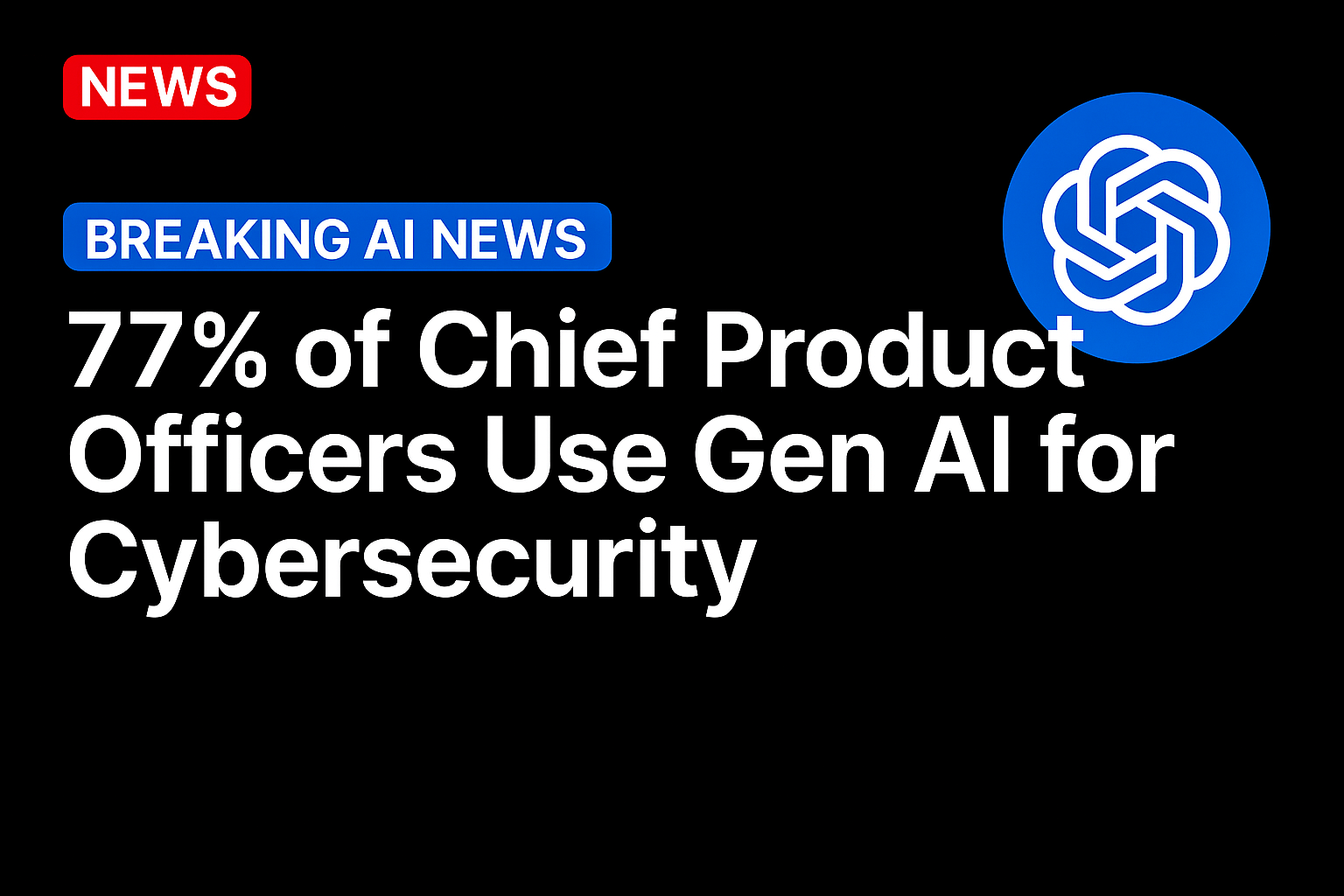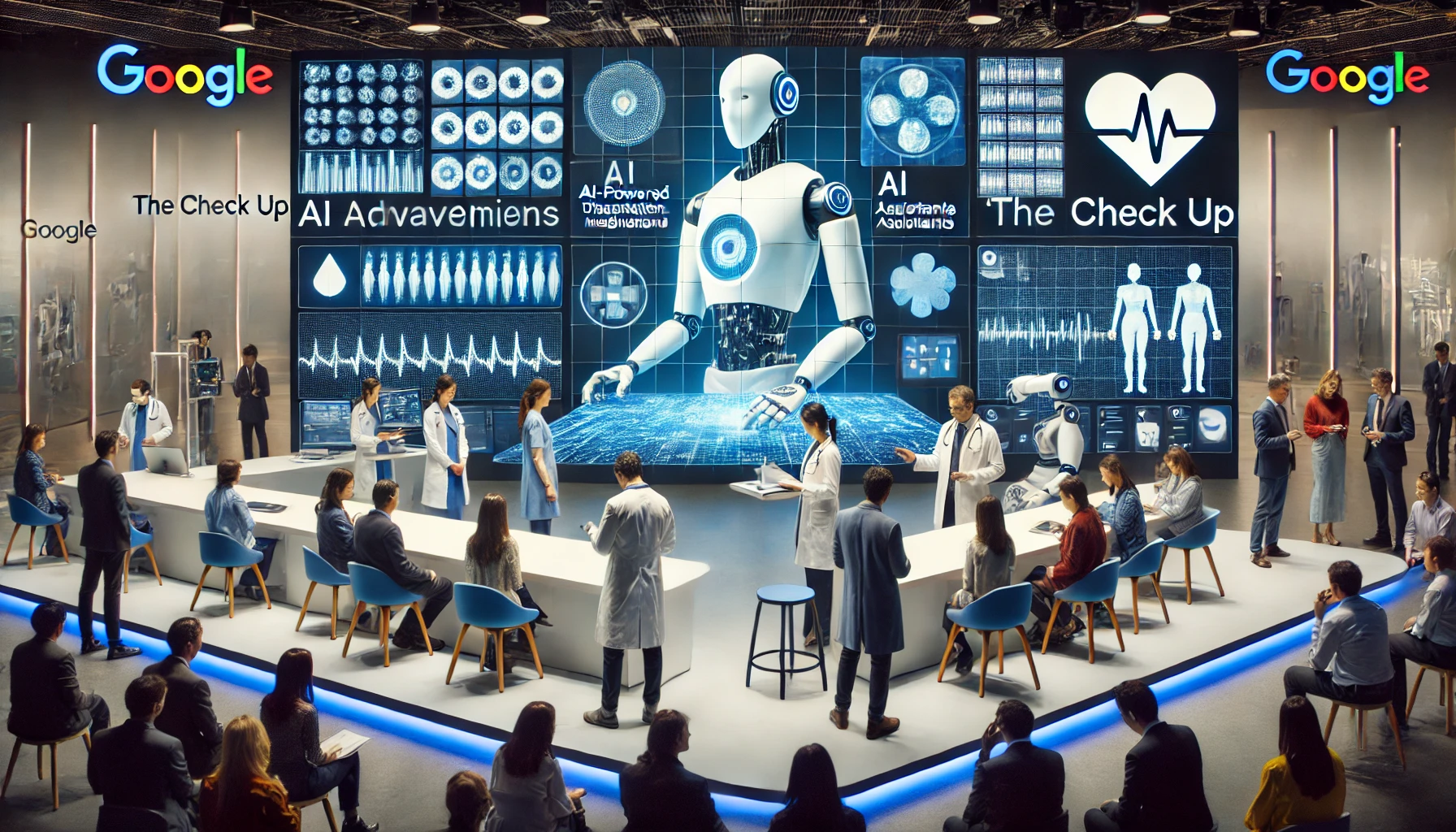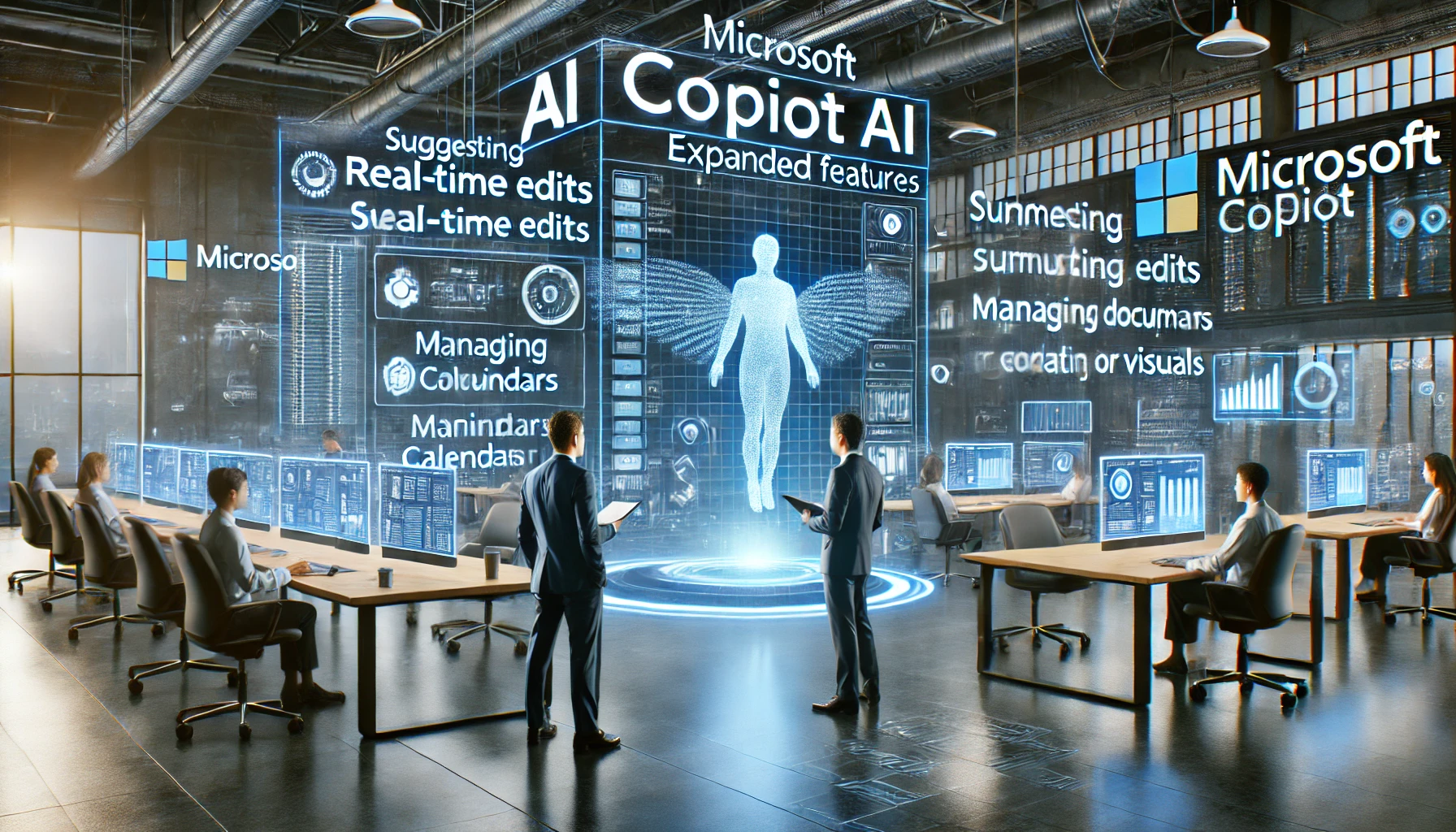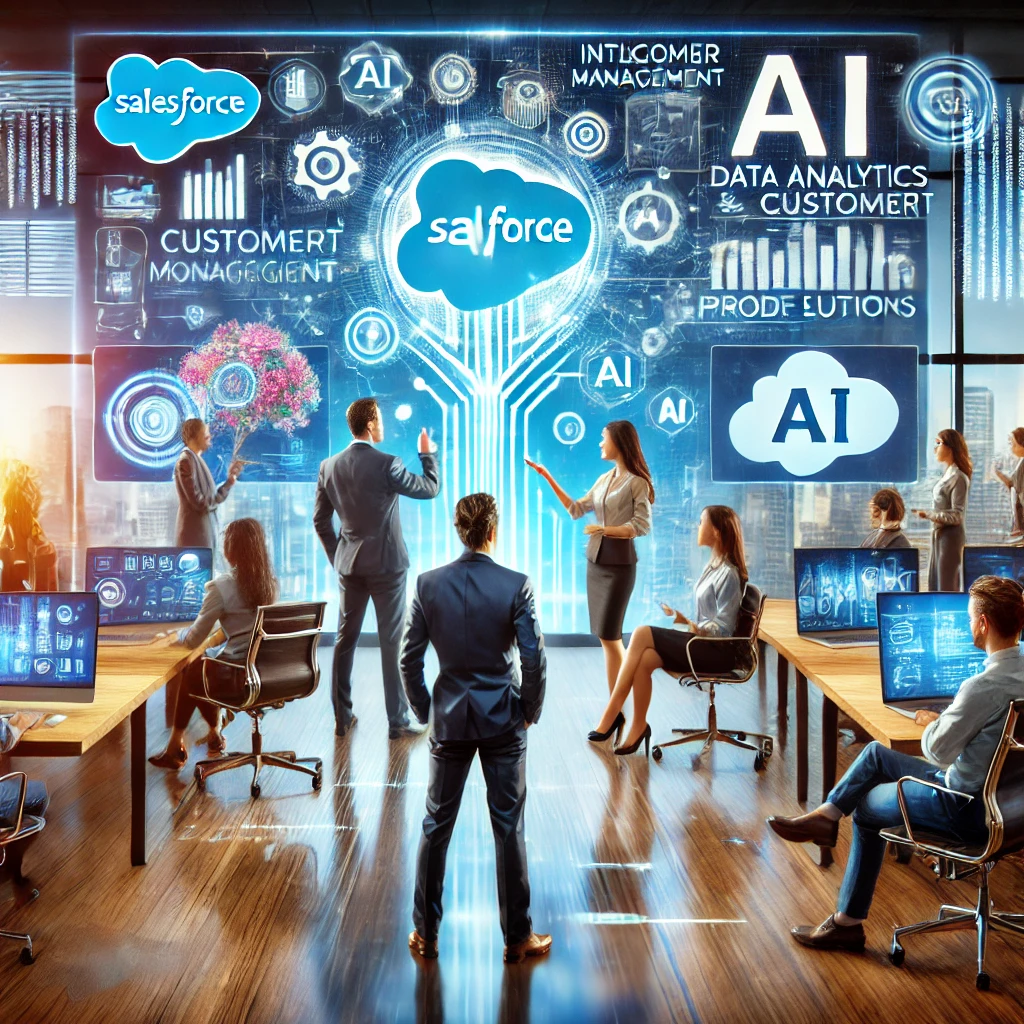
Generative artificial intelligence (AI) may be rewriting product playbooks, but it hasn’t yet written humans out of them. The newest PYMNTS Intelligence report, “From Spark to Strategy: How Product Leaders Are Using Gen AI to Gain a Competitive Edge,” finds that while nearly every chief product officer (CPO) now uses gen AI, the technology’s greatest influence is not in automation or cost-cutting. It’s in how teams ideate, design and decide.
That subtle shift, from replacing labor to redefining creativity, is changing the economics of innovation.
The study, based on a March 2025 survey of 60 U.S. product leaders at companies each generating at least $1 billion in revenue, shows near-universal adoption of gen AI across goods, technology and service sectors. Yet adoption patterns differ sharply by what firms produce.
Product leaders in goods and technology use gen AI mainly to accelerate early-stage creativity: concept development, prototyping and visual design. Services firms, by contrast, harness it to generate reports, summarize insights and assess competitors.
Across industries, gen AI has become the brainstorming partner teams never had. It’s fast, data-driven and uncomplaining, but not yet the autonomous manager executives once imagined.
Key Findings
- 64% of CPOs use gen AI primarily for innovation and ideation, nearly twice the share that employ it for production monitoring or quality control.
- 77% of CPOs using gen AI for cybersecurity say it still requires human oversight, underscoring that confidence in AI’s “effectiveness” doesn’t equal independence.
- 100% of surveyed leaders rate gen AI effective in at least one function — from chatbots to code generation — even when results must still be reviewed or corrected by humans.
Paradox of Confidence
Perhaps the most telling finding is the mismatch between executives’ enthusiasm and their caution. Every respondent called gen AI “effective,” but most admitted they keep humans in the loop. Effectiveness, it turns out, may not mean full automation — it may simply mean better than before.
Advertisement: Scroll to Continue
That perception gap has become a hallmark of corporate AI adoption. Gen AI can draft a design brief or highlight a bug, but final judgment still belongs to people. The result is a hybrid workflow where humans set context, AI executes, and both share accountability when things go wrong.
Despite years of speculation that AI would hollow out creative teams, the report finds a more complex reality. Nearly all CPOs say gen AI has increased their need for analytically skilled workers, even as some routine roles shrink. Among firms with highly automated processes, all reported a reduced need for lower-skilled staff; among those with less automation, only 79% did.
That nuance suggests gen AI is trimming repetition, not talent. Companies are offloading tasks like formatting data or compiling research while retaining — and even rewarding — employees who can prompt, interpret and refine AI output.
CPOs expect the biggest gains in speed to market, user experience and design precision over the next three years. Fewer believe it will cut production costs. That outlook distinguishes today’s AI optimism from past efficiency drives: Executives see gen AI as a growth accelerator, not a budget scalpel.
The underlying message of the data is that innovation still depends on human direction. But gen AI is teaching leaders to think faster, iterate smarter and challenge the very boundary between creativity and control.
Source: https://www.pymnts.com/




